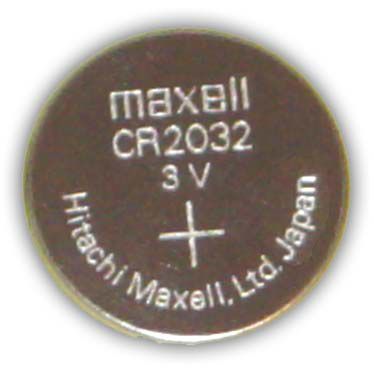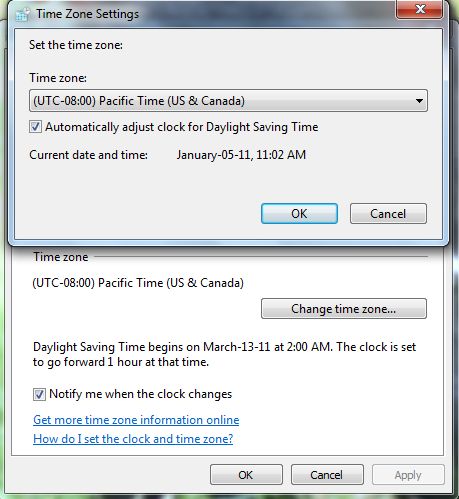
If none of these solutions seem particularly inspiring, you may want to try manually tweaking Windows to correct the issue itself. A quick Google search reveals plenty of options, ranging in both price and functionality. Hopefully, this will work, however, if it doesn’t, there are several other ways to “beat the clock,” as it were.įirst, you may want to consider installing a third-party Windows-XP taskbar clock replacement. Sure enough, Microsoft has issued an update for Windows XP (Service Pack 2) that “ enables your computer to automatically adjust the computer clock on the correct date in 2007 due to revised Daylight Saving Time laws in many countries. Other SolutionsĪs switching operating systems currently isn’t an option for me, I decided to search for a quick-fix solution. If you have the luxury, time, and resources to ditch Windows and make the switch, then perhaps Linux or Mac will serve you better with much more than the keeping of accurate time.


For reasons that extend far beyond wonky time-keeping, I have been wanting to switch to open-source for years. The first thing that comes to mind is to switch operating systems. This has caught me off-guard on several occasions now, as I would work with an incorrect assumption concerning the time, only to find myself running an hour late to an appointment.


For example, if the time is actually 3:00pm, Windows will suddenly display the time as 2:00pm. Specifically, WinXP will automatically (i.e., without user intervention) set the time to be one hour earlier than the actual time. Ever since the change, Windows XP has been randomly resetting its clock (as indicated via the Taskbar) to display time incorrectly. I don’t know about you, but ever since the 2007 change in daylight savings time, my installation of Windows XP has had a difficult time (so to speak) maintaining consistently accurate time.


 0 kommentar(er)
0 kommentar(er)
